Text
Final Portfolio
VOLUME WARNING: I don't know why but on tumblr the audio is a lot louder :(
Overall Narrative: The battle of leaving the comfort of your home to live the life in the city
My overall narrative was to build this idea of my battle, (and I’m sure many others) of leaving the comfort of my home to live the (quote on quote) city life. In my array of photographs presented in the Final Portfolio which have been taken either on my Nikon or iPhone camera— I try to balance out the comfort of one’s home with the excitement of the city, and how you can find your home within the city (and vice-versa). I photograph and continue to photograph these things to capture a moment in time (besides portraits) to be able to look back at these photographs with nostalgia— and I feel like a few years from now I’ll be able to recall where, why, and with who these photographs were taken. What I’ve found to appreciate and see in my photography is the uniqueness and interconnectedness with the following photograph whether it is a comparison or contrast in spacing (private vs public), the use of geometrical figures, different coloring, and the emptiness and fullness of an image.
0 notes
Text
04.11.2024 Notes
Theo: Homeless at age 7
What?
Two people (mother and son) walking— her son is piggybacking off her back
You can see a Shell gas station positioned in the background
The child seems mentally exhausted, while the mother seems both mentally and physically exhausted.
The clothing seems to be oversized on the child.
How?
Digital camera — low aperture / higher shutter speed
Not a staged photograph
Distorted— wide-angle lens? Vibrant light in the distance
Why?
To spread awareness of homelessness in a specific town— assuming that they are homeless due to context clues.
0 notes
Text
Mini-Research Paper & Presentation
The Power of Red
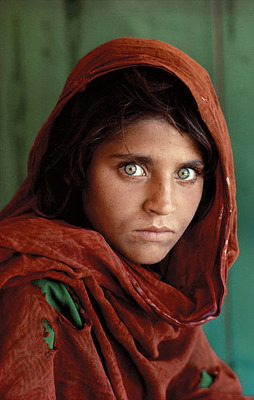

Afghan Girl (1984) Red Boy (1996)
The Nicest World There Is

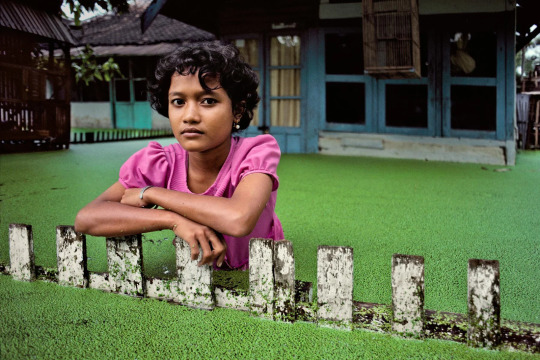
Father and Son (1980) Monsoon in Indonesia (1983)
Photographer: Steve McCurry
Website: https://www.stevemccurry.com/
https://stevemccurry.blog
Steve McCurry: The Power of Red
“Most of my photos are grounded in people, I look for the unguarded moment, the essential soul peeking out, experience etched on a person’s face” (McCurry). Steve McCurry has been photographing war and its consequences to spread awareness worldwide, taking him to battlefields in Beruit, Cambodia, Iran, Iraq, the Philippines, and Afghanistan. McCurry’s works about the war don’t cover photography of the armies, but rather the effects of war on the people and the destruction of their homes— sharing a certain beauty through the capture of colors while emphasizing the life of those who have been caught in the middle of warfare through the simplistic of just a photograph. The following is a discussion of two bodies of McCurry’s work — Afghan Girl (1984) and Red Boy (1996) — as well as the scandal regarding the exploitation, and ‘exoticism’ of non-Western cultures for the Western audience.
Photographed is Sharbat Gula, renowned as “Afghan Girl” worldwide. She became an instant icon after appearing on the cover of the June 1985 National Geographic magazine at 12 years old— becoming the model for McCurry’s most iconic portrait photograph. This photograph was shot on a Nikon FM2, 105mm f/2.5 lens with Kodachrome 64 color-slide film. The girl's unique look can only be described as haunted, penetrating, and intense. McCurry was able to seize this opportunity by following the conflict between Pakistan and the rebel-controlled areas of Afghanistan by dressing in traditional clothing with a full-grown beard, following the mujahideen as he documented the brutalities as a result of the Soviet Invasion. “I’m devastated for the people of young Afghans whose dreams have been dashed” (McCurry, theGuardian). The raw humanity captured in McCurry’s photograph captures the girl’s expression of innocence, vulnerability, and strength— allowing the audience to empathize with Gula and her people. McCurry’s technique of capturing the girl's face and headscarf, while blurring the background adds depth to the image while keeping the main focus squarely on the subject. Although one’s take on the “Afghan Girl” can vary on their perspective, background, and experiences— one can feel a range of emotions from empathy and compassion to cultural appreciation to political awareness and personal reflection.
Red Boy is yet another iconic photograph of McCurry’s, portraying a young Aghani refugee who has now been displaced in India. McCurry used the same specs as Afghan Girl, Nikon FM2, 105mm f/2.5 lens with Kodachrome 64 color-slide film. It highlights the sharpness of the boy's expression, while also putting a pause on the background. The pigmentation staining the boy's skin provokes viewers to drown in the heavy emotions of childhood, resilience, and the toll of war. Let alone, the deep testament of resilience in the face of adversity— although his face appears almost ‘bitter’, his posture offers determination and inner strength. “Red, of course, is the color of the interior of our bodies. In a way it’s inside out, red” (Anish Kapoor). Finding this quote from McCurry’s site personally, presented with this body of work— I can only find myself thinking that this quote signifies that wearing red is almost like proudly wearing your blood. Your culture. Your background.
Personally, at first glance, both photographs were so beautifully and carefully taken— leveling and identifying with their emotions, as I can only see my own family's (and people's) experiences coincide with what is happening to their people. I see resonation with my people; echoes of their struggles and experiences, and the experience of horror during displacement. However, some may have personal cultural pride as a result of looking at these photographs— perhaps specifically of Afghanistani descent, prompting them to reconnect with their culture, seeking appreciation and self-understanding.
Steve McCurry: The Nicest World There Is
“Home is the nicest world there is” (Laura Ingalls Wilder). While Steve McCurry is infamous for his (impact of) war photography, he has also captures the life of those misfortunated by tragedies in light. Despite the horrific disasters people go through worldwide, McCurry emphasizes the idea that despite how different people are across the world, we still are the same. Our intimate life highlights how we find comfort in our homes, whether that is a physical space, a person(s), or a feeling. He captures these moments through warmness in the photographs, colors that all seem to melt together while taking advantage and manipulating lighting to enhance the mood and atmosphere. His continuing use of color and light through pieces— Father and Son (1980) and Monsoon in Indonesia (1983) keeps the viewer drawn to the awe of his sense of aesthetics to create these striking photographs.
Father and Son photographs a father with weathered features looking afar while holding his resting young son to his chest. Although the background isn’t necessarily clear to the viewer, it seems it is filled with rubble as a result of the war— moving emotions through the viewer that such a paternal bond is happening in such destruction. Similar to the last two pieces, this photograph was taken in Afghanistan with a Nikon FM2 camera to capture this loving and vulnerable moment between the father and his son. Despite the desolation that surrounds them, the innocence of the son sleeping away in his father's arms, while the father looks out into the distance, resonates with the viewer’s deeper emotional level. Their state of resting on the ground and rubble behind them contextualizes the models with their environment, suggesting this feeling and understanding of instability and conflict among Afghanistani families. However, at the end of the day— this is their home. With their family. And maybe they are residing on the remains of their home within this portrait.
Photographed in Monsoon in Indonesia is a young girl, leaning against what appears to be a fence, while her childhood house seems to be in the background. It doesn’t take long until the viewer, with the context of the photograph's title, realizes that the girl is in fact standing in the results of the monsoon, with the reality of her home being flooded. The girl appears to be almost consumed by the duckweed-filled waters, as it goes past her waist, and by drawn context clues, viewers can assume that her home has been flooded as well. This photograph was too, taken on a Nikon FM2 camera to capture this moment of a girl, mourning the loss of those things obscured within the monsoon. Although the girl can be characterized as innocent, her expression also carries strength and rigorous resilience. The fact that the girl is half-submerged in the monsoon’s waters so casually, evokes this emotion of regularity and normalcy, as monsoons happen on a yearly basis. However, this is her home— where her country regularly gets monsoons during the wet season from November to March. This is her home— where she must carry on with her day-to-day life within these circumstances.
Personally, at first glance, both photographs were so heart-throbbing yet beautifully taken with the capture of the subject's faces evoking heavy emotions of bittersweetness. Even much more than the previous group of work— because although I can only see my family again, I can’t fail to think that they lost their homes and resisted holding their ground. Both, Father and Son and Monsoon in Indonesia and other pieces showcased in The Nicest World There Is show the destruction of their homes either through warfare, natural disasters, or misfortunate living circumstances. These photographs can evoke tenderness due to intimacy and a peak into a person(s) life, empathy due to the understanding of their experiences, yet also pride— bringing the audience to reflect and appreciate their own (family’s) history and blood. Very beautifully said, “A man travels the world in search of what he needs and returns home to find it” (George Edward Moore).
0 notes
Text
04.04.2024 Notes
Richard Billingham (1970)
What?
Two people (husband and wife) in their house.
You can see little figurines in the background, although blurred
The woman seems a little ticked off, while the man seems dismissive of what she is saying.
How?
Film camera — low aperture / higher shutter speed
Not a staged photograph
Seems like there is a light coming from above + flash ?
Why?
I know it's to capture the photographer's family life, however, at first glance, I would've assumed it's a simpler story like— the relationship between a husband and his wife.
0 notes
Text
Exhibition Review
Name of Exhibition: Edwynn Houk Gallery
Artists: Mona Kuhn, Man Ray, Bill Brandt, Erwin Blumenfeld, Dora Maar, Laszlo Moholy-Nagy
Number of items: 15 photographs


When searching for a photography exhibition, this exhibit particularly stood out to me— to a similar degree to Larry Clark's work. All of the work within the exhibition had a particularly intimate and almost 'personal' feeling as most photographs were taken of the subject appearing nude.
To the left appears Bill Brandt's, "Nude", Hampstead, London taken in August 1955. Brandt is particularly known for his notable photojournalism work documenting British life. He was inspired by the work of Man Ray, another artist displayed in the exhibition, and even went as far as to study in his studio. His photographic work began in France during its era of artistic statements and documentaries. Brandt particularly liked to work with older cameras "that did not mimic human vision capabilities, and he often employed wide-angled lenses, especially when he photographed nudes." This is seen in his works collected in Perspective of Nudes (1961).
What particularly drew me towards Brandt's work was the capture of lighting and the drastic contrast in shadows. This heterogeneity between light and shadow emphasizes and contours the model's features which adds a layer of dramaticism to the photograph. Let alone, similar to Clark's work, the photograph captures and accentuates vulnerability which strings back to the viewer— evoking a deep range of emotions like awe, admiration, and even a sense of nostalgia. And although this photograph's story wasn't necessarily documented, as the viewer I assume it is challenging preconceived notions and social norms in regards to beauty and the human body.
To the right appears Mona Kuhn's, "Spectral", taken in 2021. Kuhn is a contemporary photographer known for her distinctive style of nude portraiture. After moving to the US from São Paulo, Brazil— we see consistencies in her Los Angeles works through particular techniques, subjects, and purposes. Although there is less of a biography written on Kuhn and her particular inspirations, her work and publications have come a long way. They are presented in collections worldwide— from the United States to France to Taiwan.
What particularly drew me toward Kuhn's work was the distinction between her production and all the other artists. Akin to Brandt, Kuhn captures lighting and shadows in a particular way. Kuhn's work almost seems mystical or dream-like as she continues to explore intimacy, connection, and the human body. The photograph captures the serenity of a human's physique through techniques like manipulating light which evokes feelings of spirituality, collectiveness, and to an extent, brief silence (if that makes sense?). Although it could be similarly interpreted to Brandt's work, I think Kuhn uses nudity to express the complex beauty of a person's anatomy and tries to capture and share this feeling of transcendence, rather than pure sexual and intimate.
0 notes
Text
The Photograph as Contemporary Art Reflection
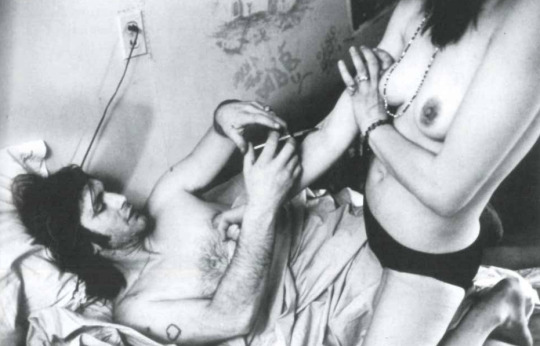

Larry Clark's most recent body of art seems much less intimate than his photography in "The Photograph as Contemporary Art Reflection." However, it is also interesting how his style of photography changed in a way starting in the early 2000s, compared to his body of art from the 1960s-1980s. It seems once he started pushing for photography for street-wear brands like Supreme, he started laying back on explicit, intimate photography— as seen to the right.
Larry Clark's body of work particularly stood out to me because I've always been fascinated by any bodily and anatomical art; photography, drawings, sculptures, etc. Intimacy portrayed in art adds layers to the narrative that the interpreter can decrypt. Intimacy also comes and reveals raw emotions that you can feel reality and genuineness from. Lastly, most importantly, it builds this empowered point of view of vulnerability and connection between two or more people which challenges societal values and norms.
0 notes
Text
03.28.2024 Notes
Wolfgang Tillmans (2001)
What?
Carrots. Potatoes. Apples. Cassettes
Objects against a window, you can see taxis in the background (NYC)
How?
Looks like it was taken on a film camera
Staged photograph, high aperture
Natural lighting comes from the window; no flash.
Why?
Just a regular shooting maybe for fun perhaps? The practice of shooting on a new camera?
0 notes
Text
03.21.2024 Notes
Rapture, Shirin Neshat (1999)
What?
Public beach in an Islamic country (Iran?)— women wearing abayas. Despite it being the beach, people (including tourists) are encouraged to wear modest attire.
Enjoyment of the beach and even mutual appreciation of each other's company.
How?
Looks like it was taken on a film camera
Black/White filter— dramatizes the feeling the watcher is seeing
Respectful photo taken from aback (not shooting any of the model's faces)
Why?
Unison of Muslim women or the religion in general— shedding light on gender politics and misunderstandings in Islam
0 notes
Text
“Glimpse of New York City”
A glimpse of New York City. The unique rabbit-hole experience of living in one of the most iconic urban cities in the world. Known for being a melting pot— New York City captures uniqueness in their bustling streets, diversified neighborhoods, and iconic landmarks. From the energetic energy of a live band playing at a cocktail bar to the quiet yet ever so relaxing ferry ride, watching the Manhattan skyline slowly strays further away. Each corner taken in the city, revealing a new narrative that has been built. Through a lens, New York City offers community, however very-well offers individuality, and allows for one to unfold and create their own unique story.

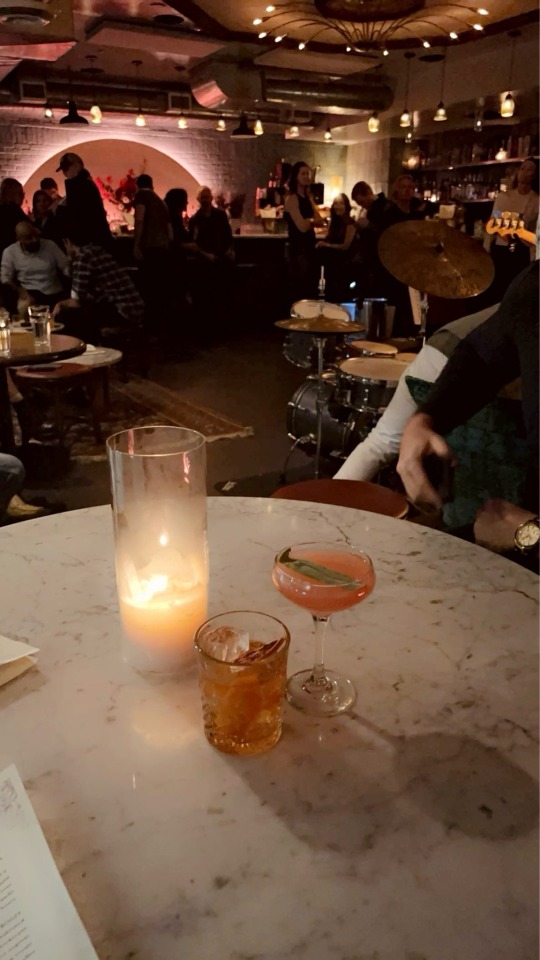

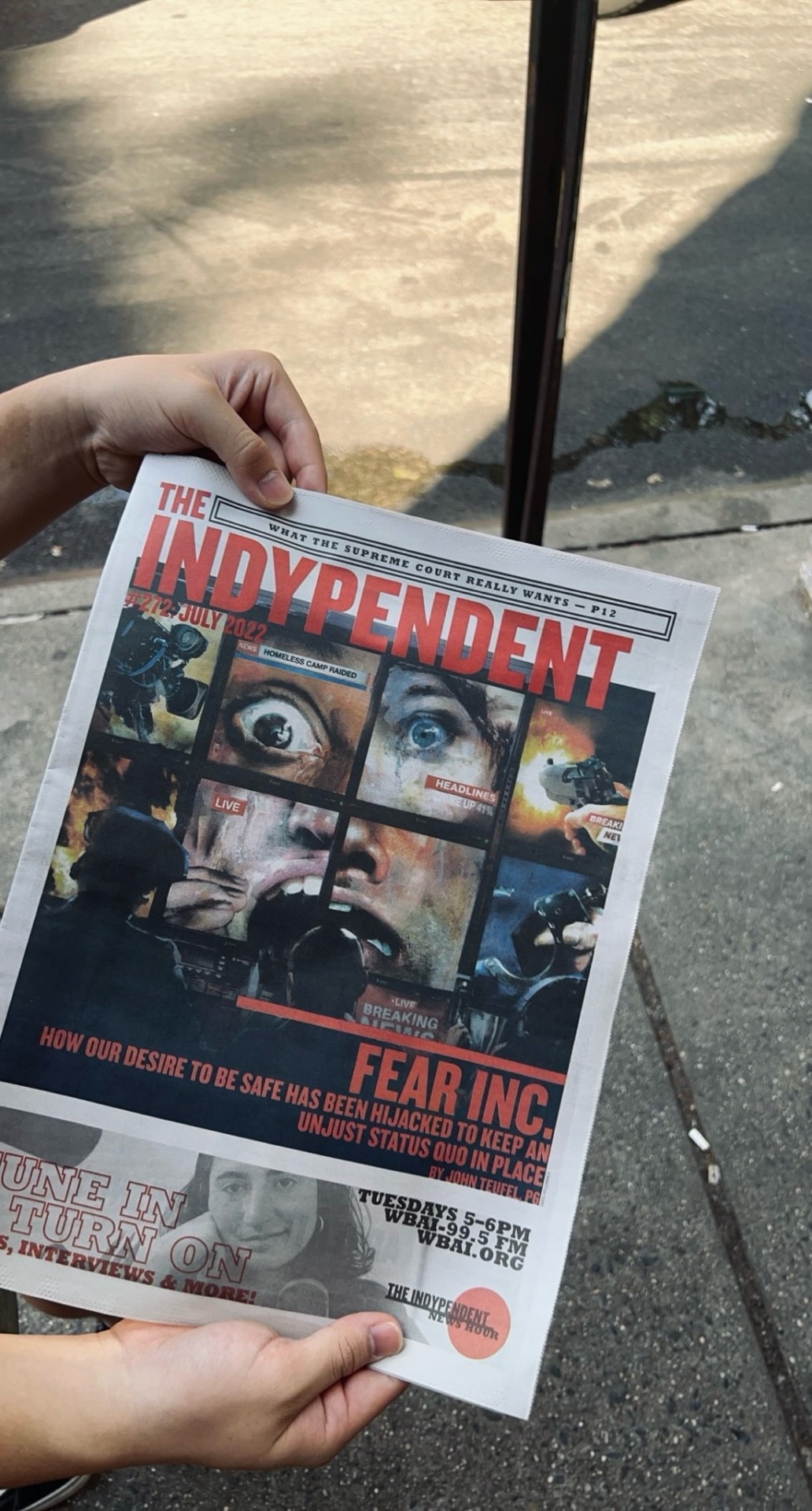

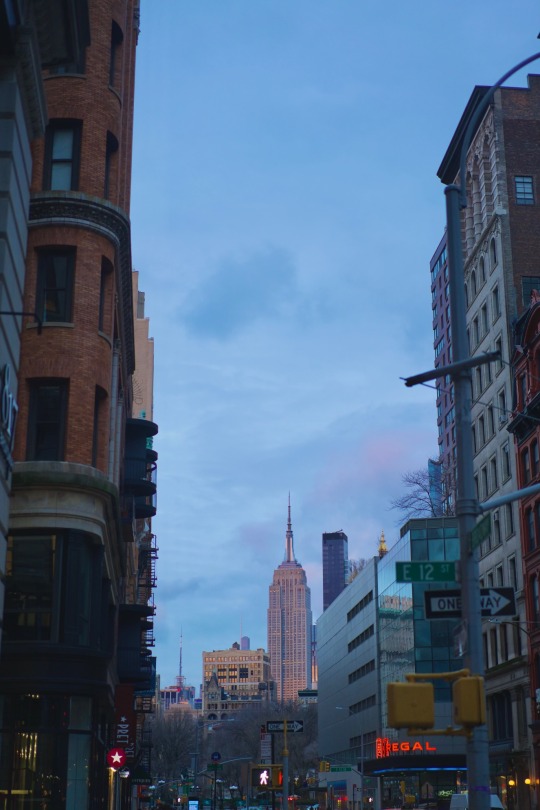
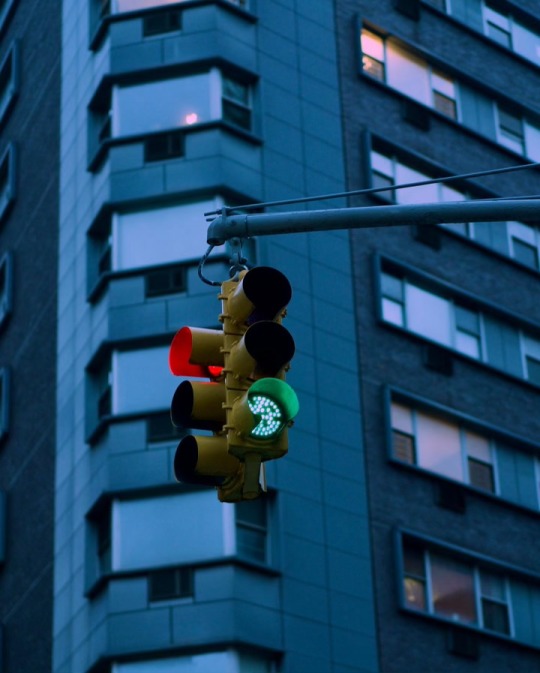



0 notes
Text
03.07.2024 Notes
The Schoolyard, Samar Abu Elouf (2023)
What?
Children looking up at the sky— frightened by something off-screen.
Perhaps a birthday party.
Gaza, Palestine; UN School.
How?
This is happening spontaneously [real]— the children all appear to be reacting or moving; at a fast shutter speed, there is no flash.
Modern photo, digital camera.
Why?
Shed light on the war that is happening between Palestine and Israel.
>It is important to keep in mind that roughly half of the population in Gaza is under the age of 18.
0 notes
Text
Place #5

Date: 02.25.2024
Time: 17:06
Place: Castleton Corners — antique store
0 notes
Text
Place #3
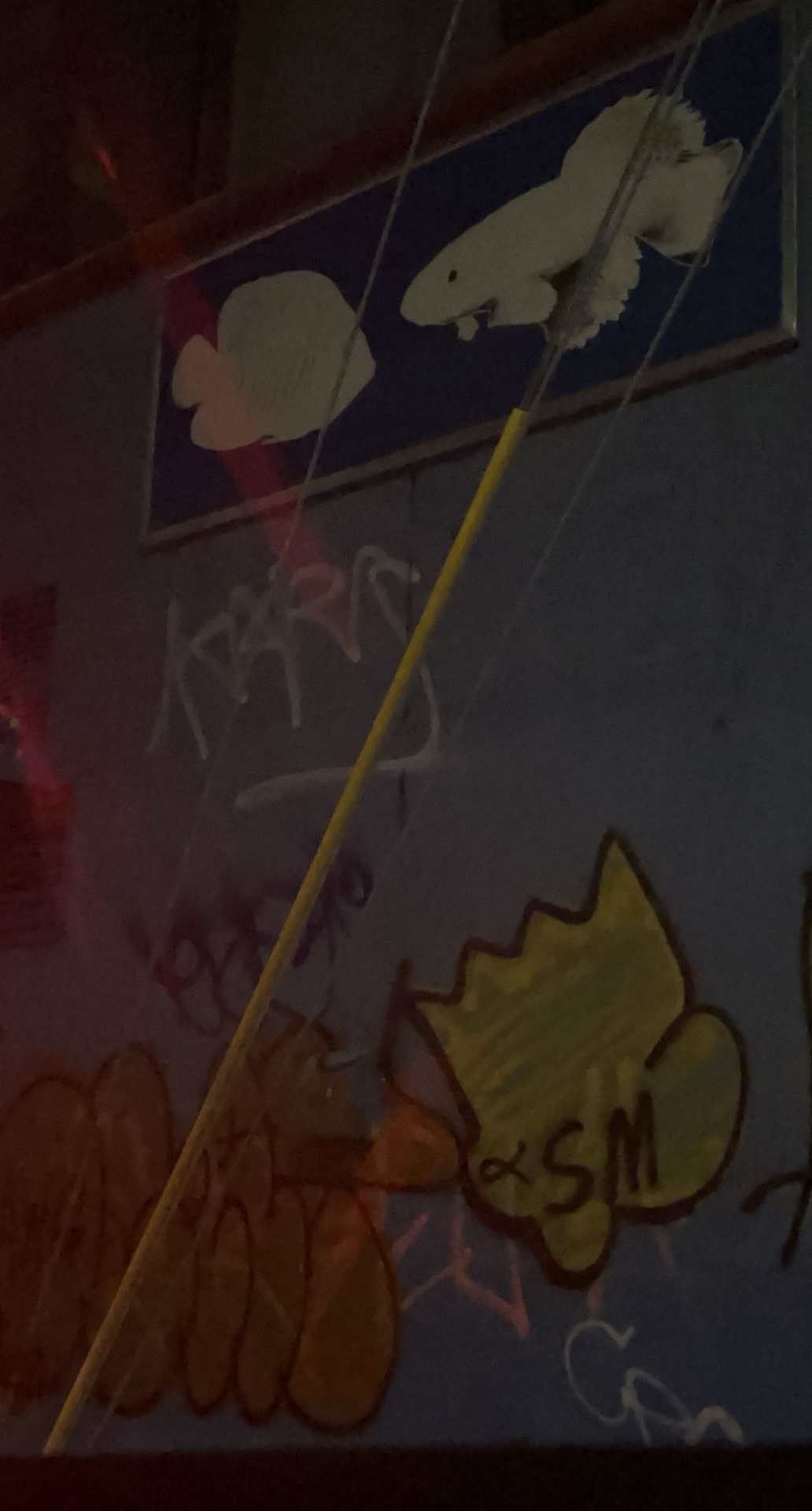

Date: 02.21.2024
Time: 21:38
Place: Flushing
Additional Info: Noir filter
0 notes




